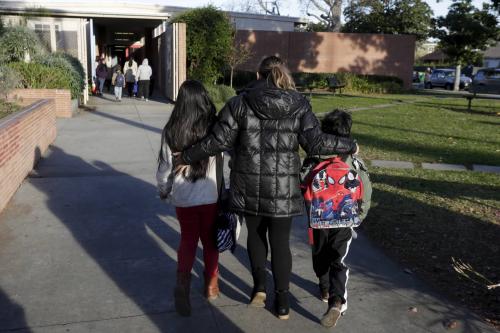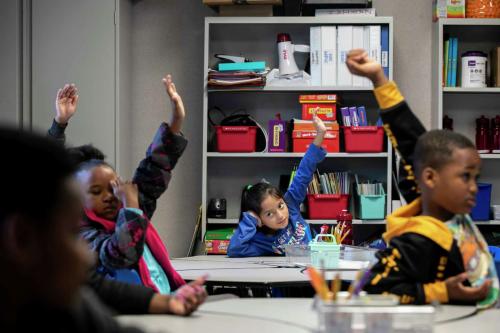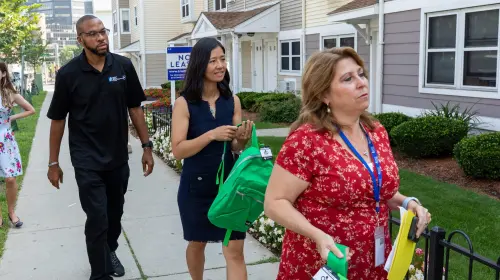Introduction
The idea of making Washington, D.C. a showplace for the rest of the world is not just a dream or vision detached from reality. In the summer of 1995, then Speaker of the House Newt Gingrich attended a community meeting at Washington D.C.’s Eastern High School organized by D.C.’s non-voting delegate, Congresswoman Eleanor Holmes Norton. The District had reached rock-bottom financially the year before, posting a $335 million deficit, and Congress had responded by asserting its authority over the city – creating the D.C. Financial Responsibility and Management Assistance Authority (the “Control Board”) to help get the District back on track financially. But this group, gathered just blocks from the Capitol, recognized that the District is a unique city with unique obligations to the American people, and that the Nation in turn has a special responsibility to the city. At the end of that meeting, Speaker Gingrich therefore announced an ambitious goal: to make Washington, D.C. “the best capital city in the world.”
Over the following two years, a bipartisan group, including Congresswoman Norton and others from Congress, members of President Clinton’s Cabinet, and District officials worked together to enact the National Capital Revitalization and Self-Government Improvement Act of 1997 (the “Revitalization Act”). Together, the Control Board and the Revitalization Act set the District on a course back to fiscal well-being. As President Clinton stated in his remarks announcing this economic plan for the District, “the city is every American’s home, and it should be every American’s pride. Our Capital City must reflect the best of who we are, what we hope to become, and where we are going.”
Even at the time, however, it was understood that the Revitalization Act alone would not be enough to build the best capital city in the world. To achieve that goal, additional action would one day be needed. In fact, Congress explicitly recognized this by inserting a provision in the Revitalization Act that allowed the Federal Government to act again at an appropriate moment to expand its partnership with the local leaders of the Nation’s capital city.
This report calls upon the Federal Government to join with the District once again to embrace this vision, and move Washington D.C. toward becoming the best capital city in the world. While it may be difficult to achieve universal agreement on a precise definition of what would make the District the best capital, this report defines what a great city looks like, and describes the very significant steps the District itself has taken toward that vision since the Revitalization Act. But the report also shows that without an expanded partnership with the Federal Government, the District will continue to struggle to become the great capital city that the Nation expects. And it shows that this is the kind of support that other Nations give to their capitals. Americans deserve no less.
Download Report:
Table of Contents »
Executive Summary »
Chapter I: The Fiscal Problem of Being Washington, D.C. »
Chapter II: Building a Great Capital City: Opportunities and Obstacles for the District of Columbia »
Chapter III: Fiscal Relationships between Capital Cities and Their National Governments »
Appendix »



